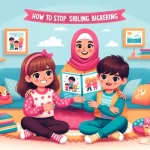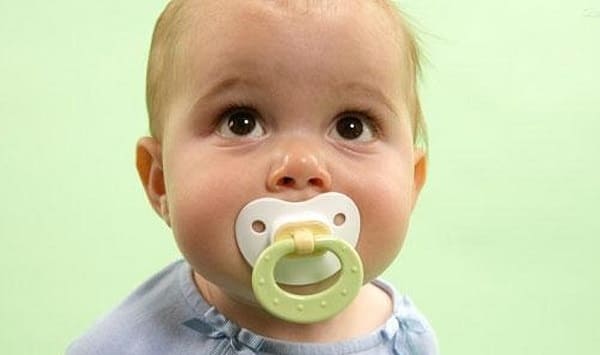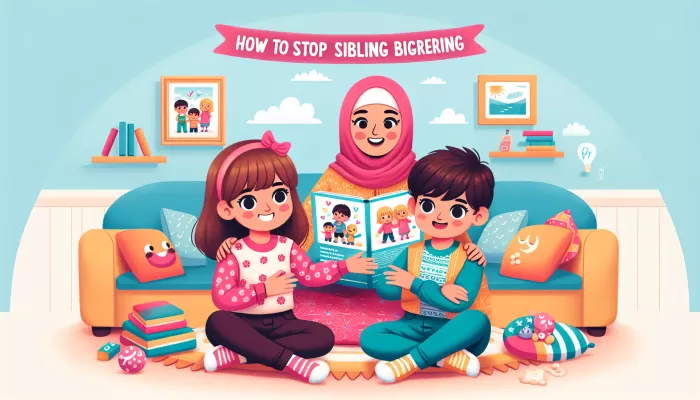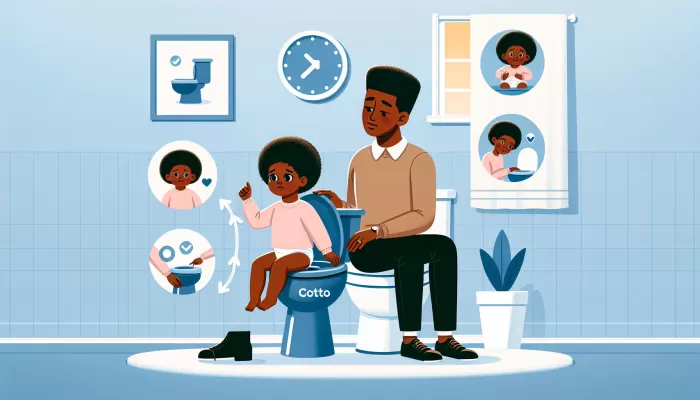Key points
5 Mins Read
- Hand-eating is natural to babies and a means of self-soothing, and babies will start eating their hands when they are about two months old.
- It is! This is not a good habit, especially for those children who eat their hands frequently.
- Pacifiers are a good alternative – to stop your baby eating his hands.
- If you’re struggling with soothers, in this guide we’ll take you through the pros and cons of using a soother.
Get One-Stop Solution from This Page
The Benefits of Soothers
Mouthy babies love to explore the world with their mouths and will often put their little hands or anything else within reach into their mouths. When their little mouths are filled, babies become very quiet and happy.
However, we cannot ensure that little hands and toys are always clean and safe for the child (the little parts on the toy). We also can’t stop our babies from exploring the world, so soothers are a great tool to help with the over-oralisation period.
Do pacifiers help with teething?
1. Enhances your baby’s sleep
Pacifiers provide a certain level of security and comfort for your baby, making it easier for them to fall asleep and sleep more soundly.
2. Ease your baby’s mood
Pacifiers can ease your baby’s restlessness, reduce their tension and relax them.
3. Forming good habits
Pacifiers can help to stop your baby from stuffing anything else he can grab into his mouth and stop him sucking his fingers. (Top tip: Pacifiers are easier to stop than finger-sucking.)
Some babies like to breathe through their mouths while they sleep, which is not good for their health. The presence of a pacifier can invariably allow your baby to breathe through his nose and develop good sleep habits.
4. Development of the mouth and tongue muscles
The development of the oral muscles is mainly accomplished by sucking. When the mouth and tongue muscles are well developed, the child’s future language skills will be better supported.
5. Keeping the mother happy
Babies crying for long periods of time can be a frustrating experience. This is especially true for newborns, who feed very frequently, as many mothers cannot get a good rest. When the baby is happy and playing and sleeping quietly, the mother can also get a short break and relax emotionally as a result.
6. Reducing the risk of sudden infant death syndrome (SIDS)
he soother protects the baby’s mouth and nose during the day and night while they sleep. This prevents things like bed covers from blocking the mouth and nose and causing suffocation. It keeps your baby safe and, at the same time, allows mum to get a good night’s sleep.
The Dangers of Soothers
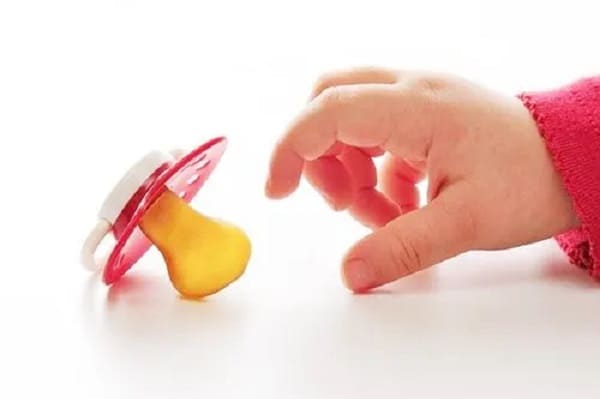
There are two sides to everything, and soothers are no exception.
1. Causes “nipple confusion” in babies
Yes! Pacifiers are not a panacea and they are not suitable for all situations.
Pacifiers are not recommended for newborn babies until they have developed a good breastfeeding routine. This can cause nipple confusion, interfere with breastfeeding and cause your baby to cry from hunger.
2. Affects dental and oral development
Do pacifiers cause buck teeth? It is possible and it is generally recommended that babies are gradually weaned off pacifiers after 18 months of age, otherwise the skeletal changes in the teeth may be affected.
It is bad that soothers are harmful to the teeth. Don’t be anxious, everything can be avoided if the soother is used correctly.
3. Difficult to quit
This is a small probability problem, as long as the soother is used appropriately and the child is guided promptly, it will not cause your baby to become addicted to using the soother.
4. Increased risk of ear infections
Some experts believe that constant sucking on a soother can increase the chance of ear infections in babies by pushing excess fluid towards the middle ear.
When Should a Baby Use a Soother?
- Your baby eats his hands frequently, even to the extent of deforming and reddening his fingers.
- When the baby has a strong desire to suck.
- When your baby is still crying after feeding, burping or changing the nappy.
- When your baby cries and wants to sleep.
- When the baby is in an unfamiliar environment.
Parents Choosing a Soother
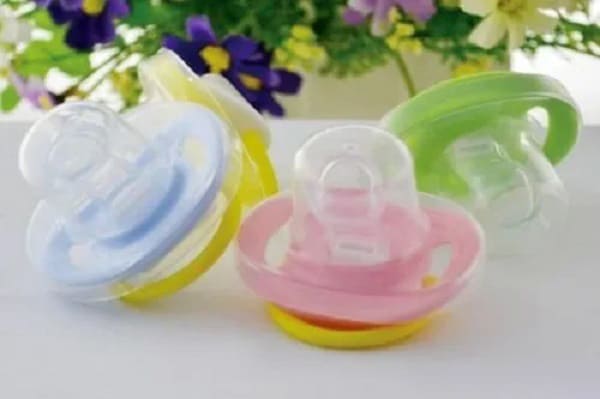
It is important to be careful when choosing what your baby will enter.
Material
Choose one that meets national safety standards, is safe and non-toxic, and has a soft texture and good taste.
Structure
There are two types of soothers: one-piece and combination, with preference given to one-piece construction for safety and durability.
Size
Choose the right size for your baby’s age. Too big or too small is not good for your baby’s health.
Good cleaning
Pacifiers need to be cleaned, disinfected and replaced regularly.
Breathable
The shield of the soother needs to have ventilation holes to ensure that the area in contact with your baby’s skin is breathable. Avoid redness of the baby’s skin caused by prolonged use of the soother.


